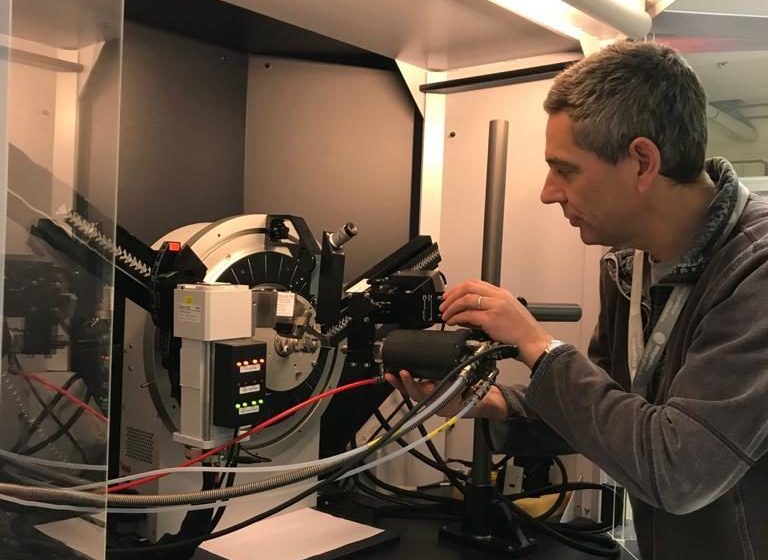DASH is computer software that helps academic and industry scientists to solve the crystal structures of molecular materials faster and more reliably than ever before. Initially developed by Reading Pharmacy professor Kenneth Shankland over 20 years ago, it is an indispensable tool for developing everything from food additives, dyes and fertilisers to new medicines.
DASH is used to analyse and interpret data collected from crystalline materials using an analytical technique called powder X-ray diffraction. A new, more powerful version of the software called DASH 3.3.7, created by Professor Shankland and Dr Elena Kabova in 2017, has been a game-changer. Put simply, DASH 3.3.7 gives an order of magnitude improvement in performance over the previous version, giving scientists the ability to work out the crystal structures of bigger and more complex molecules than was previously possible.
AstraZeneca, for example, used DASH as part of the development of its novel irritable bowel syndrome drug tenapanor hydrochloride, a particularly large molecule made up of 144 atoms. Through DASH 3.3.7, the company gained insights into the mechanisms underpinning drug’s stability, a key step in helping the drug move forward to market.
DASH is distributed by the Cambridge Crystallographic Data Centre to users across 87 countries worldwide, including other major drug companies such as GlaxoSmithKline, Eli Lilly and Teva. DASH is not only helping more new medicines reach patients more quickly, it also allows drug companies to identify drug candidates with less favourable crystal structures at an earlier stage, thus saving development time and resources and boosting their bottom lines.
Find out more
View the full impact case study on the REF 2021 website: DASH 3.3.7 solves challenging crystal structures of industrial importance.

